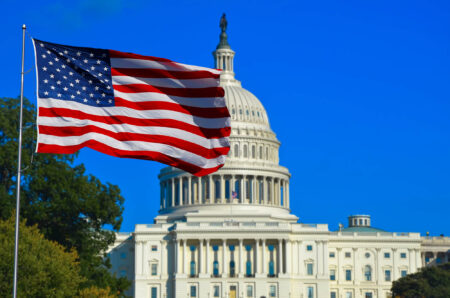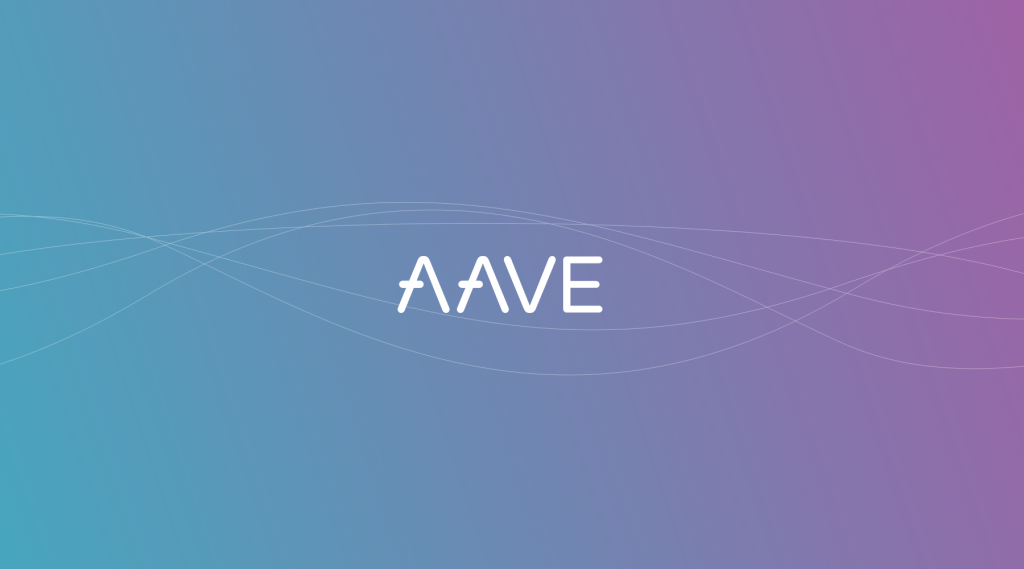Globally, the regulatory landscape for crypto financial services is fragmented, but developing and improving. Market participants investing in crypto assets or operating related processes may face considerable regulatory uncertainty, depending on their chosen jurisdiction.
Our own records show that over 100 jurisdictions and at least 15 supranational bodies have taken formal steps to regulate crypto financial products and processes over the last few years. None of the supranational bodies have banned or prohibited it, and the large majority of countries have embraced the asset class by increasing regulatory certainty for market participants and promoting innovation in a risk-controlled way.
Crypto asset investors and entrepreneurs wishing to develop businesses in the crypto industry hedge the risk of undue exposure to regulatory uncertainty by doing business in jurisdictions that offer the highest degree of regulatory certainty. Overall, the trend clearly points to a steady and global reduction of regulatory uncertainty.
The situation in Switzerland
Switzerland was one of the first nations to be exposed to crypto assets in a material way. The authorities focused on the economic function and purpose of these new instruments and applied the technologically neutral principle of "same risks, same rules" to regulate the sector. Over the years, their work culminated to the implementation of the Distributed Ledger Technology (DLT) Bill on 1 February 2021, providing Switzerland with a complete, stable, and articulated regulatory framework, which grants a very high degree of regulatory certainty to crypto assets and the related processes.
Below, we review the key regulatory milestones that led to the DLT Bill:
- 2014: Federal Council Virtual Currencies Report – The emergence of cryptocurrencies and related businesses in 2012-2013 led to parliamentary questioning and the Federal Council’s (FC) first set of regulatory answers in 2014. The FC clarified that cryptocurrencies are not considered legal tender. From a private law perspective, cryptocurrency transactions meet the requirements for concluding a contract under Article 1 of the Swiss Code of Obligations. From a financial market law perspective, they are generally not subject to the Banking Act, unless the transactions involve a dealer accepting credit balances in official currencies on his/her own account with the intention to perform future currency transactions, although materiality-based threshold exceptions do apply. Cryptocurrencies are subject to the provisions of the Swiss Criminal Code, governing offences against property, and their purchase and sale, on a professional basis, are subject to the Anti-Money Laundering Act.
- 2018: FINMA ICO Guidelines – In 2018, the Swiss Financial Market Supervisory Authority (FINMA) provided a categorisation of crypto assets within the regulatory framework governing Initial Coin Offerings (ICOs). FINMA distinguished between three types of tokens.
- Payment tokens: exclusively used as a means of acquiring goods or services, or transferring money or value. They do not give rise to claims on their issuer.
- Utility tokens: providing digital access to an application or service by means of a blockchain-based infrastructure.
- Asset tokens: assets representing a debt or equity claim on the issuer and bonds or derivatives from an economic functionality perspective (analogous to equities), which are subject to the Stock Exchange Act.
The guidelines set minimum regulatory expectations for the ICO process. Given the hybrid nature of most tokens, determining the specific ICO requirements often involves promoters needing to obtain a formal FINMA opinion before proceeding.
- 2019: FINMA Stablecoin Guidelines – In 2019, FINMA supplemented the ICO Guidelines with a treatment for stablecoins, confirming an adherence to the pragmatic approach defined in the context of ICOs and distinguishing stablecoins based on their reference asset. Stablecoins would be subject to the Banking Law, when the underlying is a legal tender managed for the issuer’s account and risk. Otherwise, the Collective Investment Scheme (CIS) would prevail as the reference. The choice of commodities, as underlying assets, would require the application of different financial market laws, including securities, banking, and stock exchange laws, depending on the type of precious metals involved. Real estate underlying would have to be assessed by reference to the CIS and the Financial Services Act would examine securities underlying. FINMA did not formulate a position on algorithmic-based stabilisation mechanisms.
- 2020: Federal DLT bill – On 10 September 2020, the Swiss Parliament adopted the Federal Act on the Adaptation of Federal Law to Developments in DLT, which was implemented on 1 February 2021. The first adaptation concerned the Swiss Code of Obligations and recognised DLTs as electronic registers of rights. The second change complemented the Financial Market Infrastructure with a new authorisation category, allowing DLT-based trading, clearing, settlement, and custody of securities. The third adjustment upgraded the Debt Enforcement and Bankruptcy Act to cover the segregation of DLT-based assets in case of a custodian’s bankruptcy. The importance of this Bill stems from the fact that it provides full regulatory certainty to crypto assets and their applications.
The global situation
A review of the global regulatory developments surrounding crypto financial products and processes evidences a strong and positive correlation between the jurisdictions with early exposure to such innovations and degrees of regulatory certainty. This applies for instance to Switzerland, Liechtenstein, and Singapore.
The review also shows that the effort to provide more crypto-friendly regulatory certainty has involved several jurisdictions that have grown exponentially over time, including the EU, the UK, the US, and many Asia-Pacific countries, such as Japan, Hong Kong, and Australia.
Additionally, the number of jurisdictions taking a negative stance, implementing outright bans, or featuring an unclear and volatile regulatory direction, has continually decreased in both relative and absolute terms.
- Regulators began creating a regulatory framework for crypto products when they took actions against the ICO boom, from mid-2017 onwards. They started informing consumers and retail investors about the speculative and risky nature of ICOs, and taking enforcement actions on obvious infringements of financial market laws. This created a set of expectations that ICO promoters must satisfy when developing their processes and issuing their tokens to minimise regulatory risks. Examples of jurisdictions that followed this path are the UK, Hong Kong, Thailand, Japan, US (through the Commodity Futures Trading Commission), Brazil, Germany, Holland, the EU (through the European Securities and Markets Authority), Poland, Belgium, Argentina, and Mexico.
- A handful of jurisdictions went further and issued guidance points, providing the market with additional regulatory certainty. Amongst these jurisdictions were Switzerland, Liechtenstein, Malta, France, Gibraltar, Singapore, Abu Dhabi, and Australia. However, some jurisdictions banned ICOs altogether, such as South Korea, Venezuela, Israel, Vietnam, and China, presumably because they needed to better understand the process before taking permissive actions. Currently, over 100 jurisdictions and at least 15 supranational bodies have taken formal positions on crypto financial products products and processes. The large majority have embraced the technology and have acted in a way that increases regulatory certainty for market participants, while promoting innovation in a risk-controlled way. Additionally, none of the aforementioned bodies have prohibited or banned crypto.
- Since its introduction in 2009, consumers’ exposure to bitcoin in several economies has raised civil law concerns, triggered requests for authorities to clarify the legal nature of the new payment instrument, and produced a variety of stances. For instance, the US Treasury classified bitcoin as a convertible decentralised virtual currency in 2013, the Hong Kong Monetary Authority declared bitcoin a virtual commodity in November 2013, and German authorities decided that bitcoin stood for "private money" in August 2013. On the other hand, the Swiss FC stated, in June 2014, that bitcoin is not money, but an asset, Japan’s government also declared that bitcoin is not a currency in March 2014, and the US’ Commodity Futures Trading Commission similarly classified bitcoin as a commodity in September 2015. In October 2015, the EU ruled that bitcoin is a currency, but not legal tender and not a commodity. In other words, as of today, no universal consensus exists.
Conclusion
Crypto assets investors often wonder how secure their investments are from a regulatory point of view. Could the rules change and their investments be declared illicit? Is there any regulatory underpinning related to their investments? Entrepreneurs wishing to develop and operate innovative processes for crypto products care about the degree of incurred regulatory risk and specifically, the likelihood of unfavourable regulatory developments, which would halt the process and eventually generate an investment loss.
In this article, we show that jurisdictions are at different stages in their development of regulatory certainty in the area of crypto financial products and processes. Switzerland features one of the most articulated and stable frameworks, granting highest regulatory certainty to market participants. Other countries are on the path to developing a comprehensive regulatory framework, thereby providing an increasingly high level of regulatory certainty. Only a small number of countries, decreasing both in absolute and relative terms, provide regulatory certainty in the form of prohibiting some or all crypto products and processes.
Nonetheless, a growing number of jurisdictions are preparing their regulations for the coming cryptocurrencies. Currently, the preferred course of action for the market participants who are eager to engage with crypto products is to privilege those jurisdictions featuring the highest degree of regulatory certainty.




